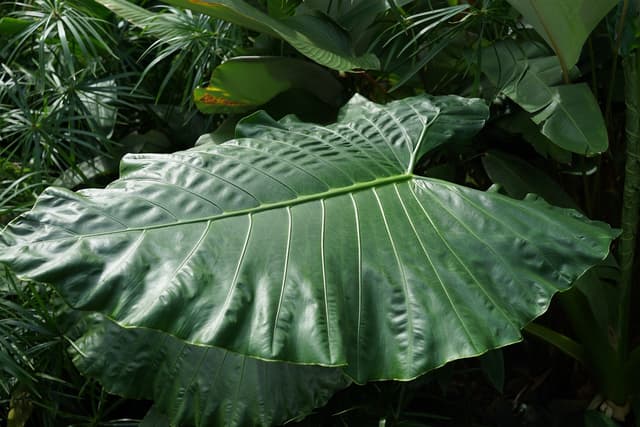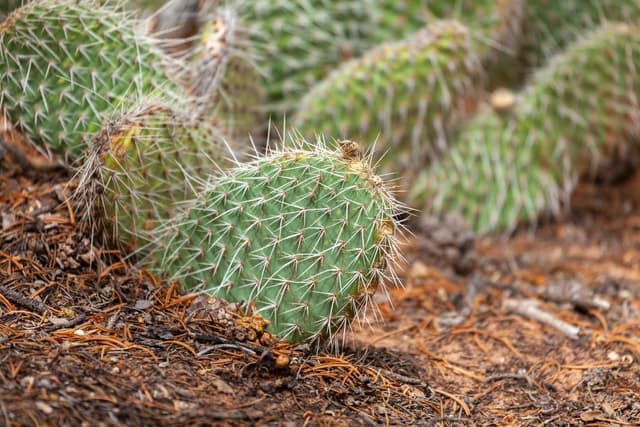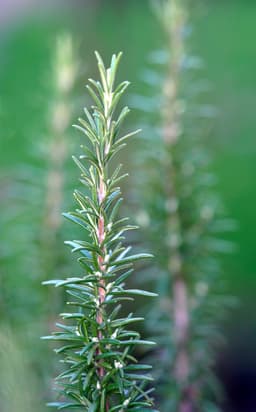Myths about teaching can hold you back
- Year 6
- Year 6
Plant adaptations
I can describe some adaptations in a range of plants.
These resources were made for remote use during the pandemic, not classroom teaching.
Switch to our new teaching resources now - designed by teachers and leading subject experts, and tested in classrooms.
Lesson details
Key learning points
- Plants have special features, or adaptations, that help them to survive, live and grow in their habitats.
- Adaptations are passed from one generation of a species to another.
- Many plants have adaptations to help them successfully reproduce.
- Some plants have adaptations that protect them from being eaten.
Keywords
Adaptation - An adaptation is a feature of a plant or animal that helps them to survive in their habitat.
Survive - To survive means to continue to stay alive.
Habitat - The place where a plant or animal lives is called its habitat.
Environment - An environment is the surroundings or conditions that an animal or plant lives in.
Pollinator - A pollinator is an animal which pollinates a flowering plant.
Common misconception
Pupils may think that, while animals need to be well adapted to survive, plants do not and they simply grow where and how they can.
Use the examples in the slide deck to exemplify the various ways plants are adapted to survive in different environments, just like animals are.
To help you plan your year 6 science lesson on: Plant adaptations, download all teaching resources for free and adapt to suit your pupils' needs...
To help you plan your year 6 science lesson on: Plant adaptations, download all teaching resources for free and adapt to suit your pupils' needs.
The starter quiz will activate and check your pupils' prior knowledge, with versions available both with and without answers in PDF format.
We use learning cycles to break down learning into key concepts or ideas linked to the learning outcome. Each learning cycle features explanations with checks for understanding and practice tasks with feedback. All of this is found in our slide decks, ready for you to download and edit. The practice tasks are also available as printable worksheets and some lessons have additional materials with extra material you might need for teaching the lesson.
The assessment exit quiz will test your pupils' understanding of the key learning points.
Our video is a tool for planning, showing how other teachers might teach the lesson, offering helpful tips, modelled explanations and inspiration for your own delivery in the classroom. Plus, you can set it as homework or revision for pupils and keep their learning on track by sharing an online pupil version of this lesson.
Explore more key stage 2 science lessons from the Evolution and inheritance unit, dive into the full primary science curriculum, or learn more about lesson planning.

Equipment
None required.
Licence
Prior knowledge starter quiz
6 Questions
Q1.What is the function of leaves on a plant?
Q2.What is the function of flowers on a plant?
Q3.What is seed dispersal?
Q4.What are animal adaptations?
Q5.How do animals get their adaptations?
Q6.Order the stages of pollination in flowering plants.
Assessment exit quiz
6 Questions
Q1.What is the name for the special features that plants have that help them to survive and grow in their habitats?
Q2.Plant adaptations are …
Q3.Which of these adaptations would help to prevent a plant form being eaten?
Q4.Which of these adaptations would help a plant to be pollinated?
Q5.Match the plant adaptation to the habitat it is suited for.
habitat with few nutrients in soil
very hot, dry habitat
habitat near bodies of water
very cold habitat
Q6.Which of these plants has adaptations that would suit a rainforest floor habitat, where there is plenty of water but little sunlight?





